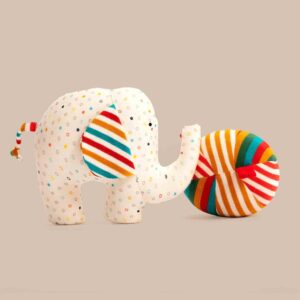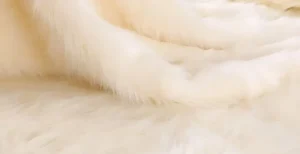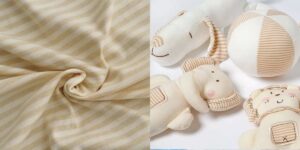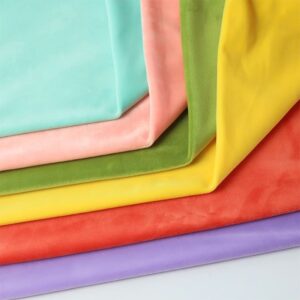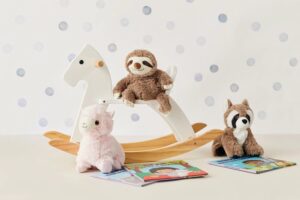Soft toys hold a special place in the hearts of children and collectors alike. Their appeal goes beyond just looks — material quality, design, safety, and sustainability all play vital roles in creating a beloved product.
A good soft toy combines carefully selected materials, durable design, strict safety compliance, and meaningful customization. These elements ensure the toy is safe, long-lasting, and attractive to buyers, fulfilling both emotional and practical needs.
Let’s explore what truly makes a soft toy stand out in today’s competitive market.
1.What material qualities are essential for manufacturing high-quality soft toys?
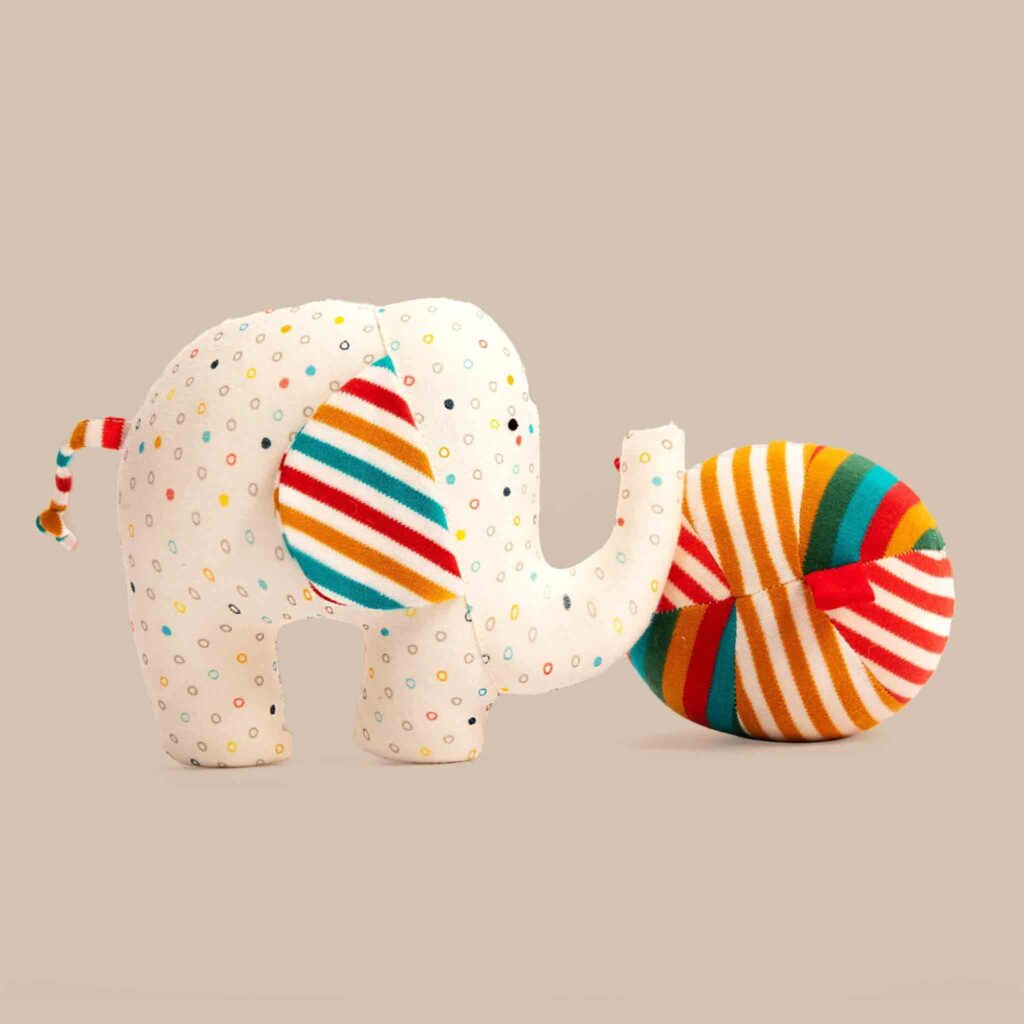
The foundation of a good soft toy is its materials. Fabrics and fillings must be soft to the touch yet durable enough to withstand regular play. Hypoallergenic, non-toxic materials are critical to ensure child safety and comfort.
Materials like high-grade polyester plush, cotton blends, and safe stuffing options such as PP cotton or recycled fiber offer softness without compromising durability or safety. Selecting these ensures long-term customer satisfaction.
- Softness and Texture: Plush fabrics like velboa or minky provide a gentle feel that kids love.
- Durability: Dense fabric weaves and strong fibers resist pilling and tearing.
- Safety: Materials must meet strict safety guidelines, including free from harmful chemicals.
- Hypoallergenic: Essential for sensitive skin, avoiding allergic reactions.
| Material Feature | Benefit | Customer Impact |
|---|---|---|
| Soft plush fabric | Comfortable to touch | Emotional bonding |
| Durable fibers | Long-lasting wear | Reduced returns |
| Non-toxic contents | Safe for children | Builds trust |
| Hypoallergenic | Reduces allergies | Safer for babies and kids |
Choosing quality materials is the first step toward making a great soft toy.
2.How do design and construction techniques influence soft toy durability?

Strong design and manufacturing methods make soft toys tough enough for active use. Reinforced stitching, appropriate seam placement, and balanced stuffing help toys retain shape and survive wear and tear.
Designers must balance aesthetics with practicality—secure seams and ergonomic shapes improve durability while maintaining the toy’s charm and comfort.
- Reinforced Seams: Double or lock stitching in stress areas prevents splitting.
- Seam Placement: Positioning seams away from high-stress zones enhances longevity.
- Stuffing Density: Evenly distributed filling keeps the toy soft yet firm.
- Feature Integration: Embroidered eyes and noses avoid choking hazards.
| Design Aspect | Durability Impact | User Benefit |
|---|---|---|
| Stitching quality | Prevents seam failure | Longer product life |
| Strategic seams | Minimizes wear on joints | Maintains shape |
| Balanced stuffing | Resists deformation | Comfortable hold |
| Safe features | Eliminates small parts | Child safety |
Well-executed design ensures soft toys stay loved for years.
3.Which safety standards and certifications are critical for soft toy production?
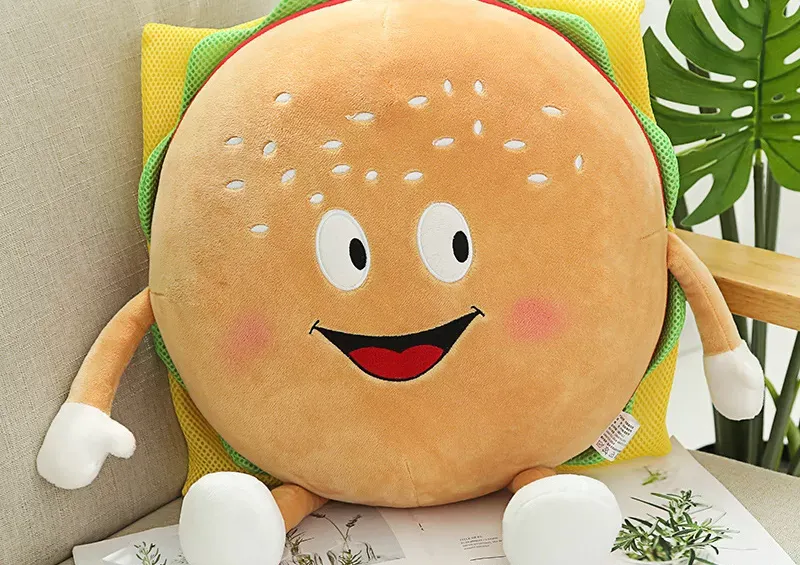
Safety regulations protect children and maintain market credibility. Certifications like ASTM F963, CPSIA, and CE verify that soft toys meet rigorous requirements on materials, construction, and labeling.
Manufacturers must adhere to these standards to ensure chemical safety, mechanical integrity, and clear usage guidelines, fostering trust among consumers and retailers.
- Chemical Safety: Limits on toxic substances like lead and phthalates.
- Mechanical Safety: No sharp edges or detachable small parts.
- Flammability: Fabrics must meet fire safety standards.
- Labeling: Accurate age recommendations and care instructions.
| Certification | Focus Area | Production Impact |
|---|---|---|
| ASTM F963 | Chemical and mechanical safety | Requires strict quality control |
| CPSIA | U.S. consumer product safety | Demands rigorous testing |
| CE | European safety regulations | Influences design and materials |
Meeting these certifications opens doors to global markets.
4.How does customization affect the appeal and marketability of soft toys?

Customization allows brands to tailor soft toys to their target audiences. Personalized colors, embroidered logos, themed designs, and unique packaging enhance the toy’s desirability.
Brands that offer customization differentiate themselves, increase consumer engagement, and tap into niche markets like promotional items or limited editions.
- Brand Recognition: Embroidered logos and tags strengthen brand identity.
- Targeted Designs: Colors and characters matching cultural preferences boost appeal.
- Special Features: Adding scents, sounds, or textures creates memorable products.
- Packaging: Customized boxes elevate perceived value and gift suitability.
| Customization Type | Client Benefit | Consumer Appeal |
|---|---|---|
| Logo embroidery | Builds brand loyalty | Personalizes product |
| Themed design | Matches market trends | Drives purchase interest |
| Sensory elements | Enhances user experience | Unique and engaging |
| Packaging | Boosts retail impact | Attractive gifting option |
Customization helps soft toys stand out and connect with buyers.
5.What manufacturing challenges impact consistent quality in soft toy production?

Ensuring consistent quality requires managing raw material variability, controlling stitching standards, and maintaining strict safety protocols. Supply chain disruptions and communication gaps also pose risks.
Overcoming these challenges demands strong supplier relationships, rigorous quality inspections, and transparent production processes to deliver reliable products.
- Material Consistency: Variations in fabric batches affect texture and color.
- Quality Control: Regular inspection prevents defects like loose threads or uneven stuffing.
- Safety Compliance: Ongoing testing ensures standards are met across batches.
- Communication: Clear coordination with suppliers and factories minimizes errors and delays.
| Challenge | Cause | Mitigation Strategy |
|---|---|---|
| Raw material variance | Different fabric lots | Supplier audits and approvals |
| Production defects | Operator error or wear | Continuous training and QC |
| Compliance lapses | Changing regulations | Regular certification updates |
| Supply chain issues | Delays or shortages | Backup suppliers and inventory |
Managing these ensures products meet buyer expectations every time.
6.How are sustainability and eco-friendly materials shaping the future of soft toys?
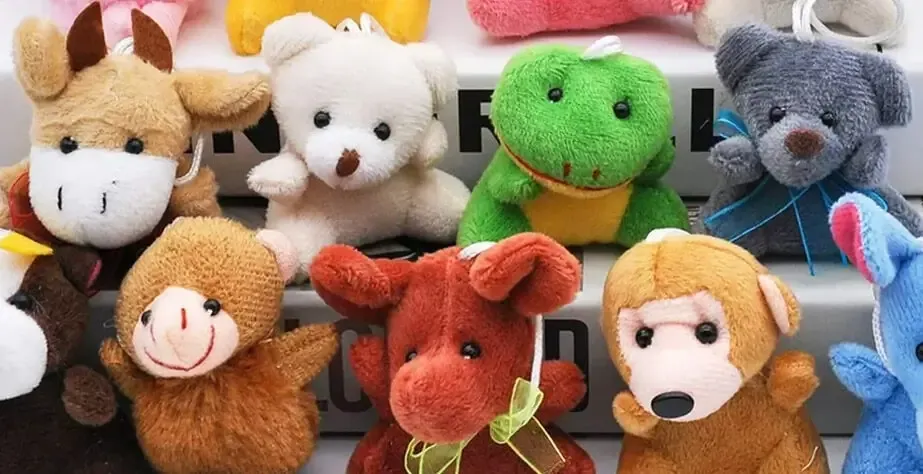
Eco-conscious consumers push brands to adopt sustainable fabrics like organic cotton and recycled polyester. Green manufacturing reduces waste and energy use, aligning soft toys with environmental values.
Sustainability not only benefits the planet but also builds trust and opens new market opportunities for responsible brands.
- Eco-Friendly Fabrics: Organic cotton and recycled polyester reduce chemical use and landfill waste.
- Water-Saving Dyes: New dyeing processes minimize pollution.
- Waste Reduction: Lean manufacturing cuts scrap materials.
- Certifications: OEKO-TEX and GOTS assure consumers of environmental responsibility.
| Sustainability Aspect | Environmental Impact | Business Benefit |
|---|---|---|
| Organic fibers | Less pesticide use | Premium branding |
| Recycled materials | Waste reduction | Cost savings and image boost |
| Cleaner production | Lower pollution | Regulatory compliance |
| Certification | Verified claims | Consumer confidence |
Adopting sustainability practices is critical for future-ready soft toy manufacturing.
Conclusion
Good soft toys blend superior materials, smart design, safety, and customization—all while embracing sustainability for market success.
For professional soft toy manufacturing support, contact [email protected] or visit Kinwin Plush Toys.




